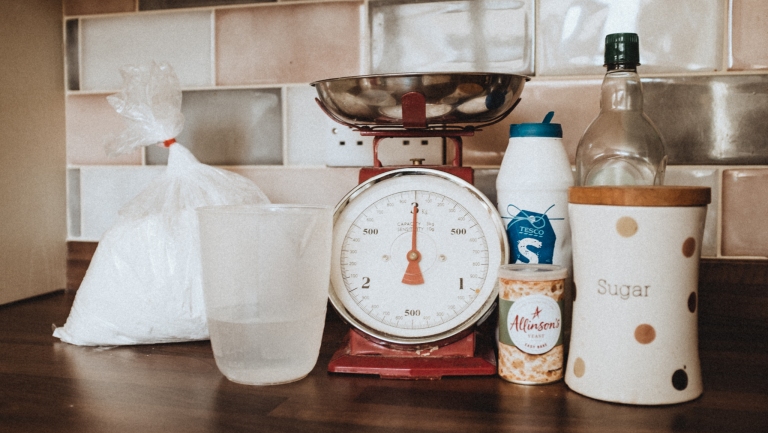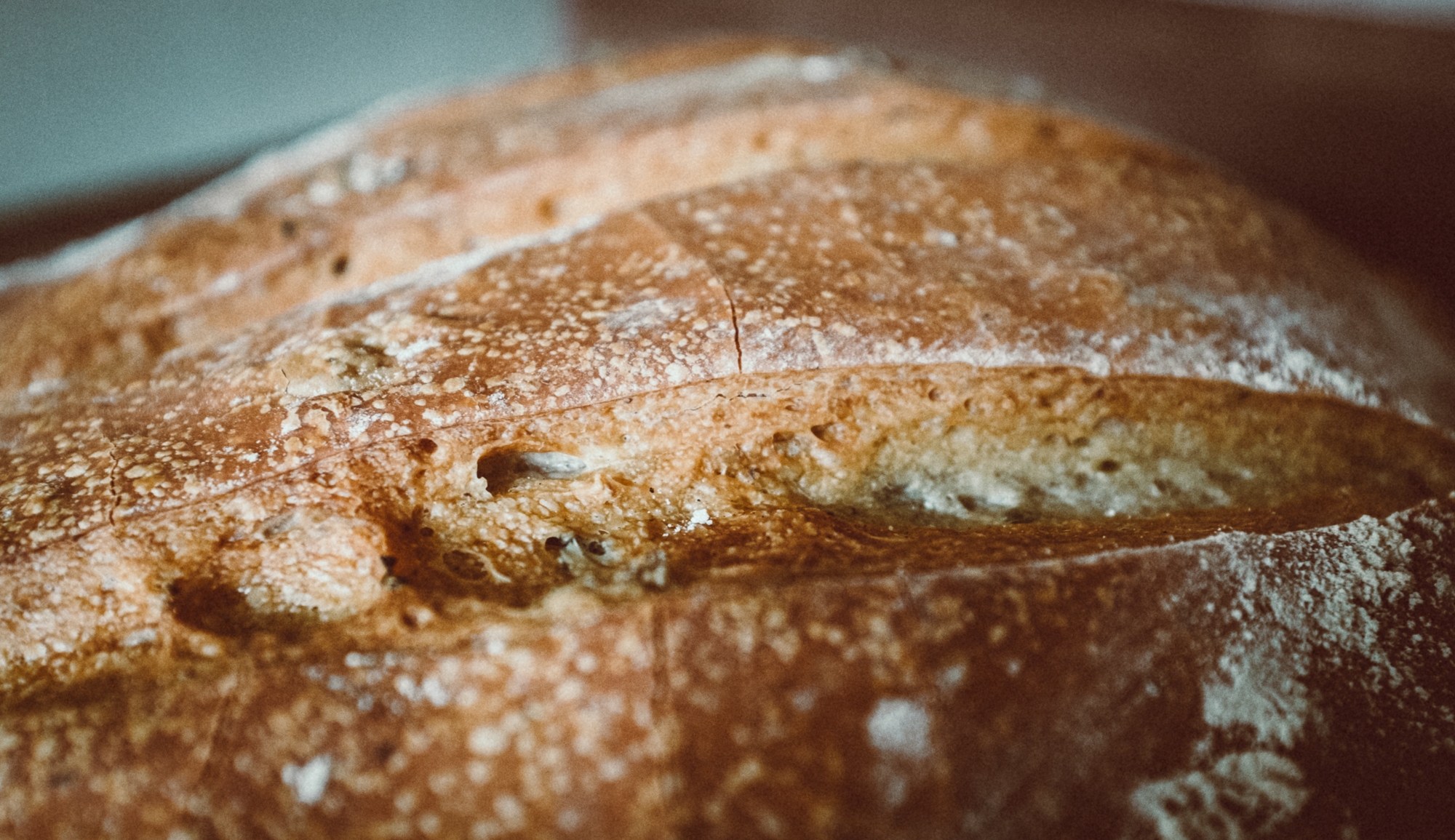Being off work and in lockdown has forced me to look at ways to spend my time, in-between drinking gallons of coffee, bottles of red wine and trying to get the kids out on a daily exercise walk. I love the travel style cooking shows, you know the ones where a chef gets to jolly around the globe eating, drinking and soaking up the sights while we as viewers sit at home drooling into our supermarket Biryani – aye – those ones. Well I have watched enough of them to know that I really quite fancied the idea of baking a crusty fresh loaf but have never had the time or inclination to try…until now.
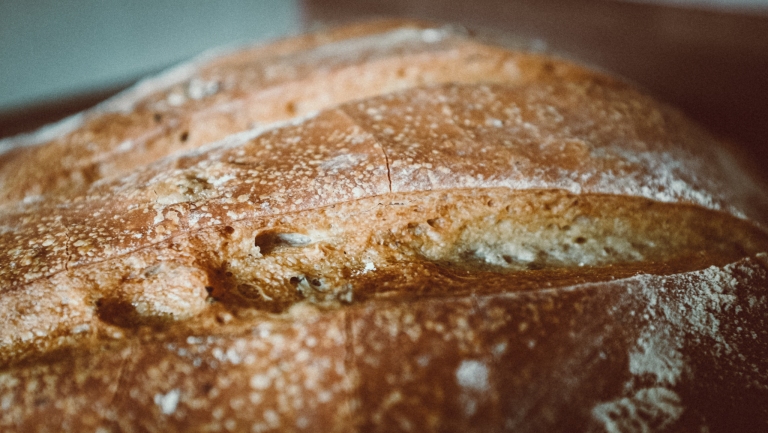
I did what we all do these day and hit the internet for recipes, of which there are more than 11 million on Google so things had to get serious. Enter baker extraordinaire himself Paul Hollywood and his Easy White Bread instruction via the BBC. Now to be fair my first loaf came out pretty good but I didn’t want pretty good, I wanted bloody amazing so a bit more searching, a bit more experimenting, a few kilos of flour delivered from Carters a local bakery and I think I have the perfect method for a crusty, light, tasty and fairly easy to make loaf.
Its all about the Starter
The night before you are going to bake your loaf add a small amount of plain flour, a teaspoon of dried yeast, a teaspoon of sugar and enough water to make a sticky batter to a large bowl. Give it a stir round then cover with cling film and pop to one side. This gives the best rise I have found of any methods and seems to add depth to the flavour. Next morning you should have something that looks like the pictures above, a frothy starter that has a sour dough smell to it meaning the yeast has done its job – you’re ready to get messy.
Measure out 500g of strong plain flour, add a heaped teaspoon of salt and give it a stir so the salt doesn’t come into contact with your yeast as this can kill it. Pour the flour directly on top of your starter and add up to 300ml of tepid water. Don’t add it all at first until you get a feel for the dough. Add three tablespoons of olive oil for a little extra flavour and if you want to add flavour-flavour now is the time to add things like chopped olives, rosemary, garlic, herbs…its up to you. Start to combine the ingredients with a spoon until it starts to look like a rough stringy dough, if you feel its too dry to combine add the rest of the water. Now get your hands in and work it round and round until you have ball. Next, scrape it out onto your worktop that has had been lightly dusted with a little extra flour and start to work it.
What you are trying to do is stretch the gluten to get the bread to rise, form air bubbles and have a nice crispy crust. Stretch the dough ball away from you with the heel of your hand, fold it, work it and repeat for five to ten minutes. You will feel it change, its almost magical and completely fascinating. When the dough gets smooth, springy, elastic and comfy pillow like form it into a ball and drop it back into your bowl – cleaned and lightly rubbed with oil if you’re like me and a bit fastidious. Cover it with cling film and put to one side in a warm but not hot place for one to two hours until it has at least doubled in size.
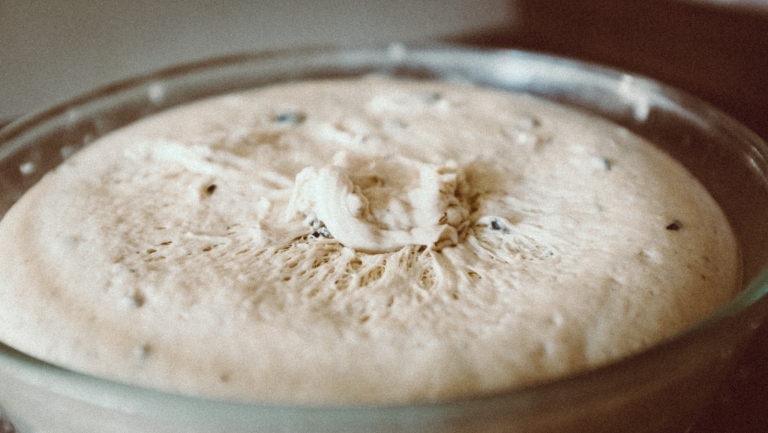
I find after a couple of hours it has filled the bowl to the brim and is pushing against the inside of the cling film. At this point dust your worktop again, scrape the dough out of the bowl and knock it back – literally punch it flat to get as much of the air the first rise has added out of it. Roll it up, punch it flat again and form it into a ball then getting hold of an edge lift and stretch it to the centre. Turn the dough ball a quarter and lift/fold again and a gain and again until you have gone round a few times. You will feel it getting tighter which is exactly what you want. The under side of the dough ball will be stretching, the gluten will be getting pulled and it is this action that gives you an amazing crust. Turn it over, round it or stretch it into an oval depending on the shape of the loaf you want and place it on a floured baking tray. Cover with a clean tea towel, put to one side and let it rise a second time. You want it to at least double in size but leaving it longer will help give you a light bread.
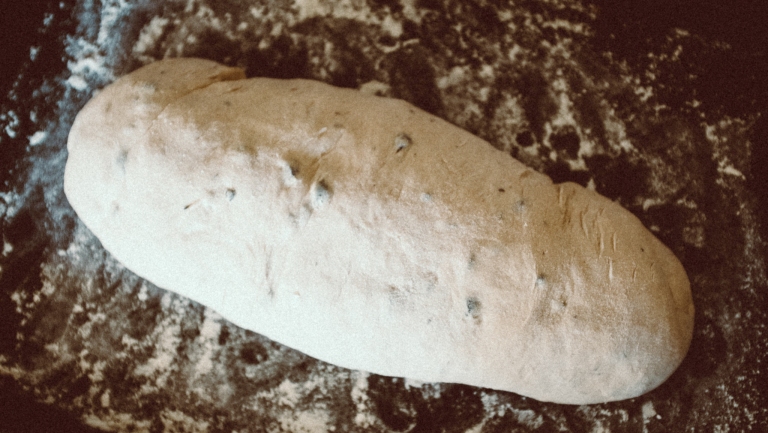
When you touch the now risen dough it will feel pillowy, light and the crust will be forming. Put a deep baking tray into the bottom of your oven and preheat it to 200°c. Lightly dust the surface of the dough with a little flour, get a very sharp knife and score the top, about 1cm deep, a few times to give the baked crust texture and a rustic look. Now put the dough in the over and just before you shut the door pour 300mm of cold water into the deep tray on the bottom of your oven. This will fill the oven with steam which will help form a crust. Leave it to bake for 30 minutes until golden brown and enjoy as it fills the house with baking bread smell…one of the best smells in the world.
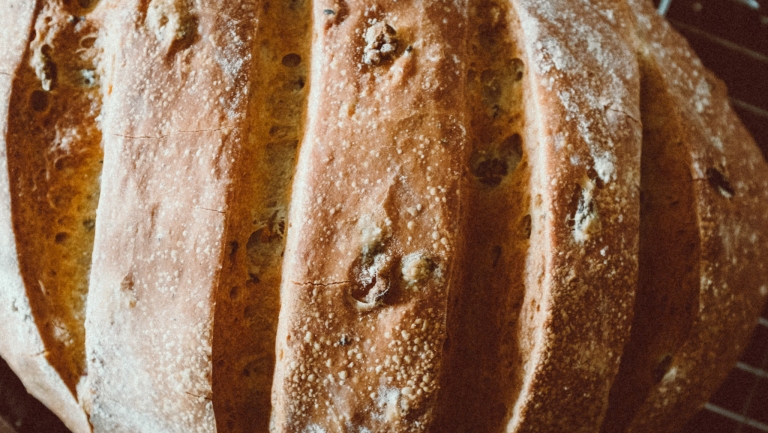
After the time is up carefully take your bread out and tap the base, it should sound hollow. Put it onto a baking rack and let it cool. Be patient as this is the bread finishing its bake – but when it has cooled but still warm feel free to have at it. If everything has gone right you should have a lovely brown crust, a soft airy inside and flavour as good as any fancy artisan bakery.
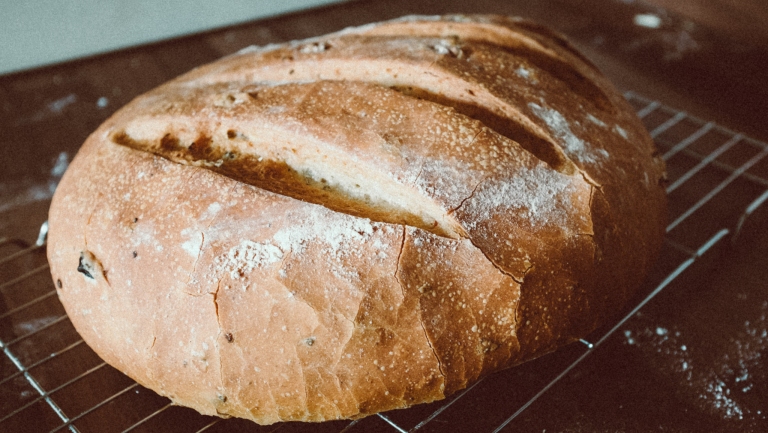
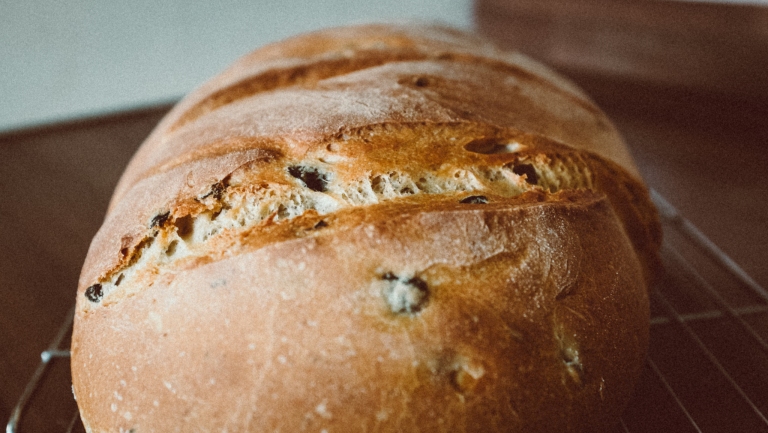
Cut yourself a slice – slather it in butter – enjoy – you’ve made bread.
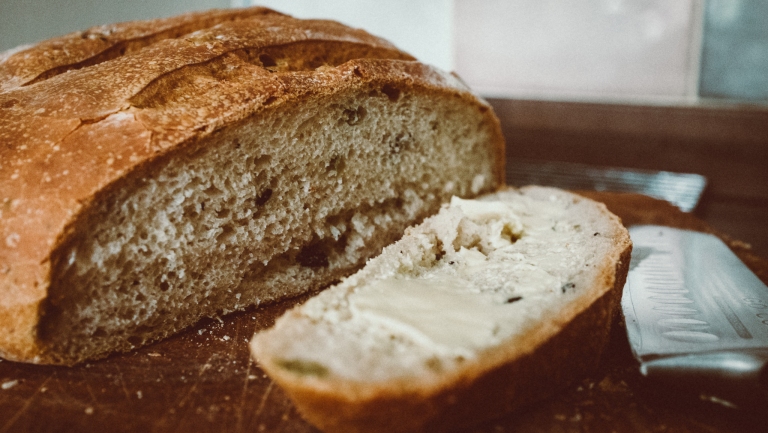
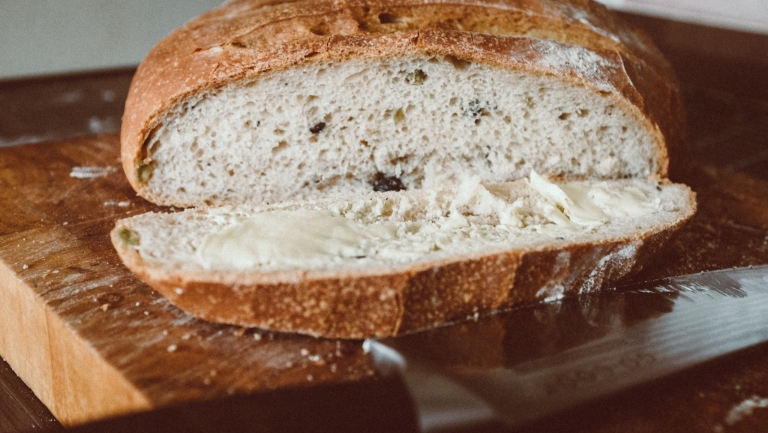
Happy baking
